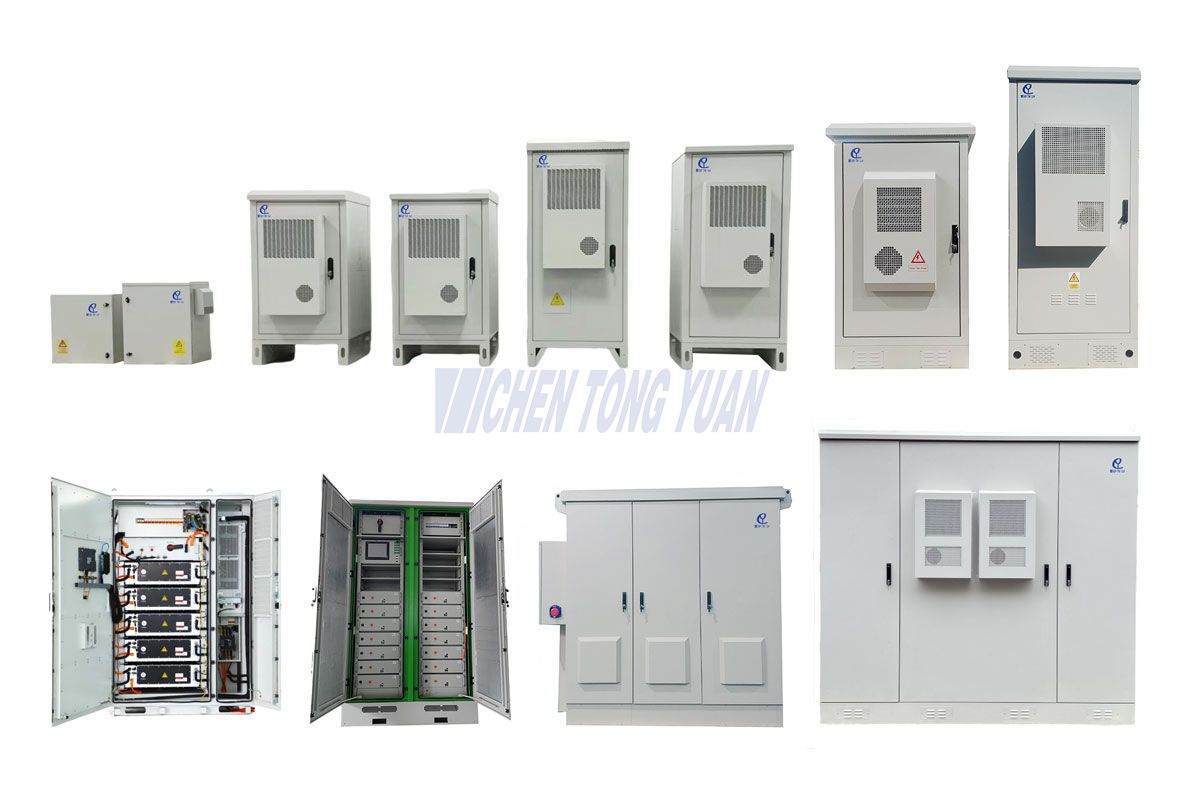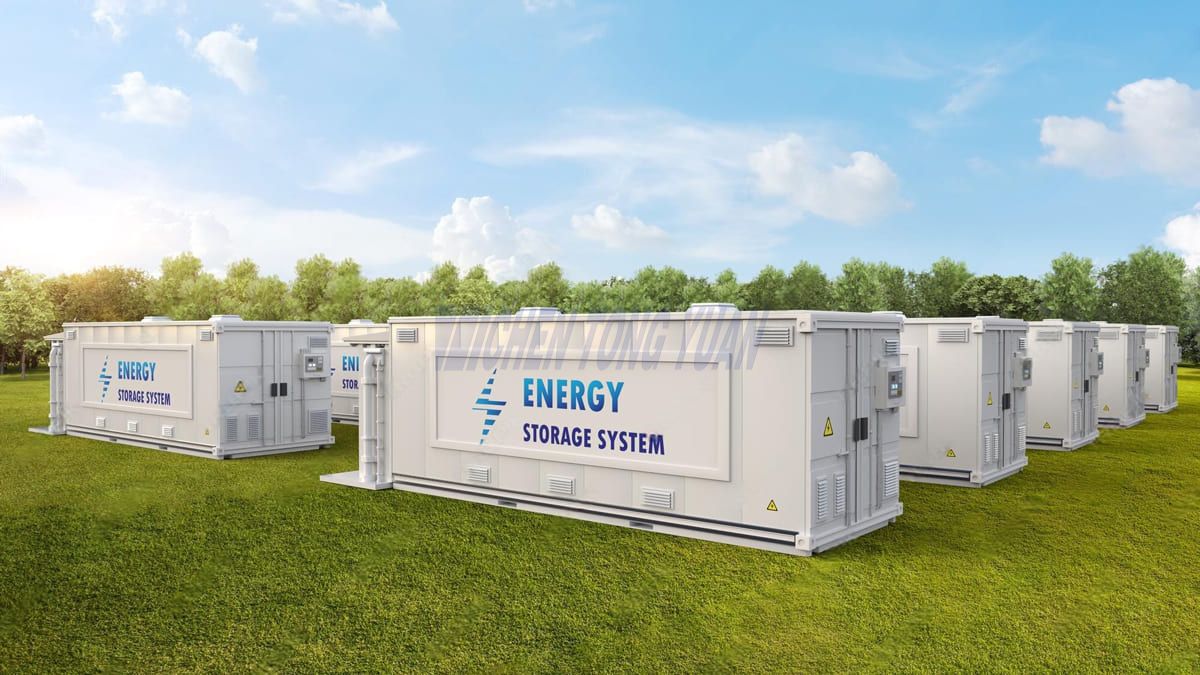Introduction of Air Conditioned Cabinet
In today’s technology-driven world, sensitive electronic equipment must operate reliably in harsh outdoor environments. Whether it's telecommunications infrastructure, energy storage systems, or industrial automation, maintaining optimal temperatures is crucial for performance and longevity. This is where air conditioned cabinets come into play.
Air conditioned cabinets are specialized enclosures designed to regulate internal temperatures, ensuring that critical electronics remain cool, dry, and fully functional even in extreme conditions. In this blog, we’ll explore:
◆What air conditioned cabinets are and how they work
◆Key industries that benefit from these cabinets
◆Advantages over passive cooling solutions
◆Factors to consider when choosing an air conditioned cabinet
◆Installation and Maintenance
◆Future trends in thermal management for outdoor electronics

What Are Air Conditioned Cabinets?
Air conditioned cabinets (also called climate-controlled enclosures) are ruggedized enclosures equipped with an integrated cooling system. Unlike standard cabinets that rely on natural ventilation or fans, these units use refrigerant-based cooling (similar to air conditioners) to maintain precise temperature and humidity levels.
How Do They Work?
These cabinets are ideal for environments with:
Key Industries That Use Air Conditioned Cabinets
1. Telecommunications & 5G Infrastructure
Outdoor telecom cabinets house servers, routers, and fiber optic equipment. Overheating can cause signal loss and hardware failure. Air conditioned cabinets ensure:

2. Energy Storage Systems (ESS) & Battery Cabinets
Lithium-ion batteries degrade rapidly if exposed to high temperatures. Climate-controlled cabinets:
3. Industrial Automation & Control Systems
Manufacturing plants and oil refineries rely on PLCs, sensors, and control panels. Air conditioned cabinets:
4. Military & Defense Applications
Ruggedized air conditioned enclosures are used for:
5. Transportation & Traffic Management
Intelligent traffic systems (ITS), toll collection systems, and railway signaling require reliable cooling to prevent malfunctions.
Advantages of Air Conditioned Cabinets Over Passive Cooling
Feature | Air Conditioned Cabinet | Passive Cooling (Fans/Vents) |
Temperature Control | Precise cooling (even in extreme heat) | Limited by ambient temperature |
Humidity Control | Prevents condensation | No humidity regulation |
Energy Efficiency | Modern units use inverter tech for low power consumption | Less energy use, but ineffective in hot climates |
Dust & Contaminant Protection | Fully sealed design | Open vents allow dust ingress |
Longevity of Electronics | Extends equipment lifespan | Higher risk of overheating |
Revolutionizing the Energy Storage Industry
The energy storage industry is booming, driven by the shift to renewables like solar and wind power. Batteries, inverters, and control systems in energy storage setups are highly sensitive to temperature variations. Lithium-ion batteries, for instance, perform best between 15°C and 35°C (59°F to 95°F). Deviations can lead to reduced capacity, safety risks like thermal runaway, or shortened lifecycle.
Air conditioned cabinets address these challenges head-on. In large-scale battery energy storage systems (BESS), such as those used in grid stabilization or off-grid applications, these cabinets house battery packs and electronics. They maintain optimal conditions, ensuring efficient charging/discharging cycles and prolonging battery life by 20-30%, according to reports from the U.S. Department of Energy.
Consider solar farms in arid zones: Panels generate power, but storage units must endure scorching days and cold nights. An air conditioned cabinet with efficient cooling – perhaps using eco-friendly refrigerants – keeps everything in check. In the storage sector, hybrid systems combining air conditioning with passive cooling (like phase-change materials) are gaining traction for energy efficiency.
Moreover, in electric vehicle (EV) charging stations or microgrids, these cabinets protect power electronics from dust and moisture. As the global energy storage market is projected to reach $435 billion by 2030 (per BloombergNEF), investing in reliable enclosures like air conditioned cabinets is crucial for scalability and ROI.

How to Choose the Right Air Conditioned Cabinet
1. Cooling Capacity (BTU/hr)
2. Energy Efficiency
3. Environmental Protection
4. Smart Monitoring & Remote Control
5. Redundancy & Backup Cooling
Installation and Maintenance Best Practices
Proper installation is key to maximizing performance. Site the cabinet in shaded areas if possible, ensure good airflow, and integrate surge protection. Maintenance involves regular filter changes, refrigerant checks, and sensor calibrations – ideally quarterly.
Common pitfalls? Overloading the cabinet or ignoring ventilation, which can negate cooling benefits. Use predictive maintenance tools for early issue detection.
Future Trends in Air Conditioned Cabinets
Conclusion
Air conditioned cabinets are essential for protecting mission-critical electronics in telecommunications, energy storage, industrial automation, and defense. By maintaining optimal temperatures and humidity levels, they prevent costly downtime and extend equipment lifespan.
When selecting a cabinet, consider cooling capacity, energy efficiency, environmental protection, and smart monitoring features. As technology evolves, we can expect smarter, greener, and more efficient cooling solutions for outdoor applications.
Need a reliable air conditioned cabinet for your project? Contact our experts today to find the perfect solution for your industry!














